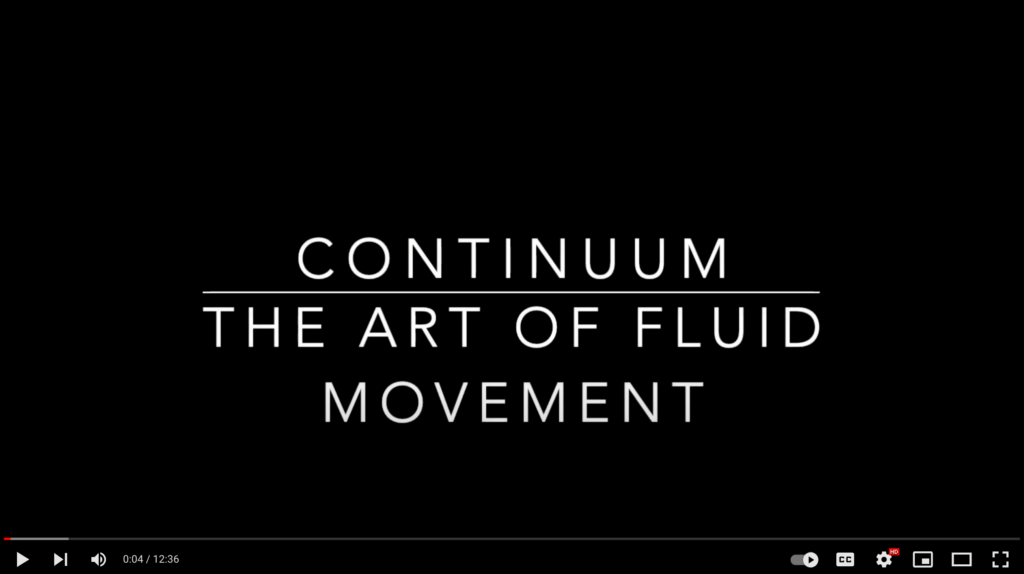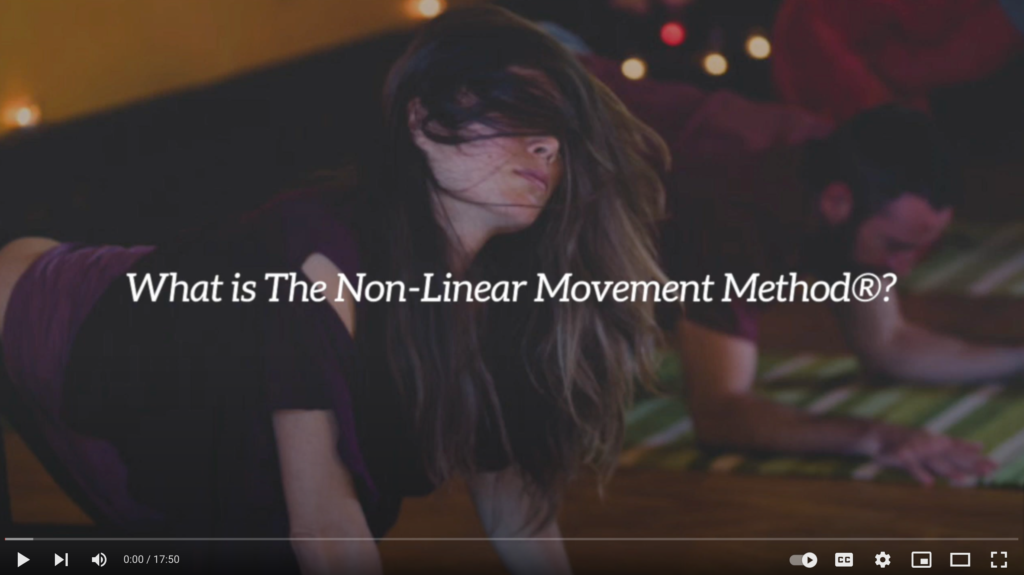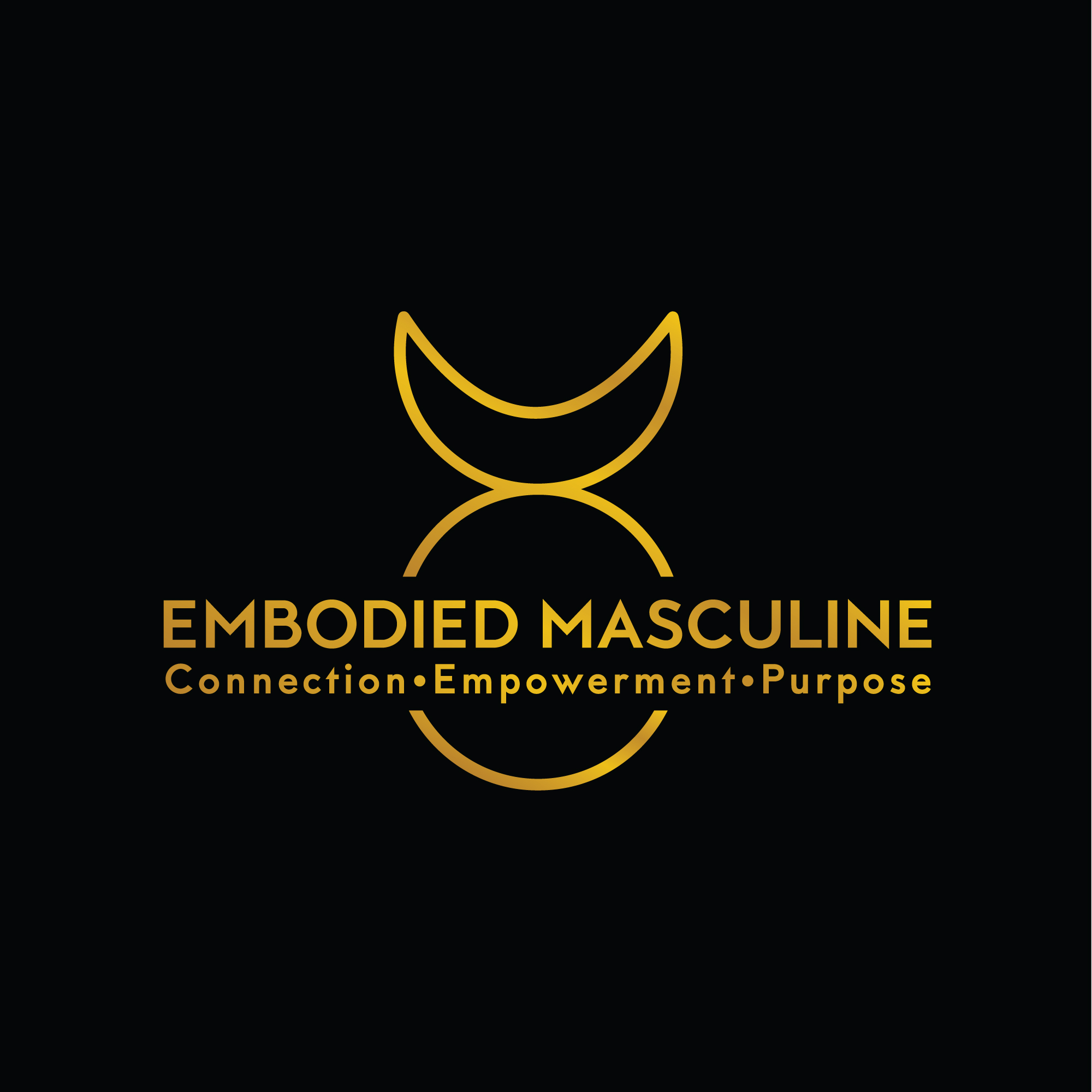Feminine Embodiment
Feminine Embodiment Practices: A Comparative Study of Continuum by Emilie Conrad and Nonlinear Movement Method by Michaela Boehm
Feminine embodiment practices have become at their core can be described as life or light moving within empty space. All that is manifest is the feminine. All that holds in witness is the masculine. A revival has sprung as a counterculture to religious dogmas that promoted asceticism, the denial of the body, or separating spirit from matter. Increasingly popular in recent years as individuals seek to reconnect with their bodies, embrace their feminine essence (male or female), and unlock the transformative power of somatic experiences. Among these practices, Continuum by Emilie Conrad and the Nonlinear Movement Method by Michaela Boehm are two noteworthy approaches. In this section, we will explore the principles and techniques of these practices, their unique contributions to feminine embodiment, and how they empower individuals to deepen their connection with their bodies and the world around them. The honoring of Shakti energy as divine expression.
Part I: Emilie Conrad’s Continuum

Continuum is a somatic movement practice developed by Emilie Conrad in the 1970s. It is rooted in the belief that the human body is primarily composed of water, and by engaging in fluid, non-linear movements and embracing the rhythms of the body, individuals can facilitate deep healing and self-discovery. Here are some key elements of Continuum:
- Fluid Exploration: The heart of Continuum lies in its fluid, undulating movements that mirror the natural flow of fluids within the body. Participants engage in exploratory, non-linear motions, which encourage a sense of freedom and liberation.
- Breath as a Vital Element: Breath is regarded as a fundamental tool for self-discovery and healing. Continuum encourages participants to deepen their breath, connecting it with movement to enhance the flow of life force energy.
- Sound and Vocalization: Sound is an integral part of Continuum. Participants are encouraged to use their voices to make sounds that arise naturally during their movements. This process allows for emotional release and self-expression.
- Mind-Body Connection: Continuum emphasizes the deep interconnection between the mind and the body. By engaging in these practices, individuals can access their innate wisdom and release psychological and emotional blockages.
- Spontaneity and Surrender: Continuum encourages spontaneity and surrender to the body’s innate wisdom and intelligence. This practice is about letting go of control and allowing the body to lead.
Part II: Michaela Boehm’s Nonlinear Movement Method
 The Nonlinear Movement Method, developed by Michaela Boehm, is a holistic approach that shares some similarities with Continuum while incorporating its own unique elements. This method also promotes self-awareness, body connectivity, and emotional healing. Key aspects of the Nonlinear Movement Method include:
The Nonlinear Movement Method, developed by Michaela Boehm, is a holistic approach that shares some similarities with Continuum while incorporating its own unique elements. This method also promotes self-awareness, body connectivity, and emotional healing. Key aspects of the Nonlinear Movement Method include:
- Non-Linear Exploration: Nonlinear Movement focuses on non-linear, intuitive movements that allow practitioners to break away from rigid patterns and explore their unique bodily expressions. This practice helps individuals let go of self-judgment and perfectionism.
- Breath Integration: As in Continuum, breath plays a central role in the Nonlinear Movement Method. Deep, conscious breathing is used to anchor and connect with the body during movements, aiding in relaxation and self-awareness.
- Somatic Experiencing: This method integrates principles from Somatic Experiencing, a therapeutic approach developed by Peter A. Levine. It emphasizes the release of stored trauma and emotional blockages through mindful movement and awareness.
- Body-Based Wisdom: The Nonlinear Movement Method encourages individuals to tune into their bodies and listen to the wisdom held within. It provides a pathway to self-empowerment and self-acceptance.
Part III: Comparing Continuum and the Nonlinear Movement Method
Both Continuum and the Nonlinear Movement Method share a deep commitment to feminine embodiment and self-awareness. They each focus on fluid, non-linear movement and breath integration as essential components of their practices. However, there are also notable differences between the two approaches:
- Origin and Influences: Continuum, developed by Emilie Conrad, has roots in the exploration of the body’s fluid nature and natural rhythms. The Nonlinear Movement Method, developed by Michaela Boehm, draws from Somatic experiences and various therapeutic approaches, incorporating elements of psychology and somatics into the practice.
- Philosophical Differences: While Continuum emphasizes surrender to the body’s wisdom and the importance of sound and vocalization, the Nonlinear Movement Method integrates therapeutic principles and trauma release, aiming to promote emotional healing and self-awareness.
- Vocalization: Continuum places a strong emphasis on vocalization and sound as a means of self-expression and emotional release, whereas the Nonlinear Movement Method does not prioritize vocalization to the same extent.
- Trauma Healing: The Nonlinear Movement Method incorporates trauma healing techniques more explicitly, drawing from Somatic experiencing, which can be beneficial for those seeking emotional and psychological release.
Conclusion
Feminine embodiment practices such as Continuum by Emilie Conrad and the Nonlinear Movement Method by Michaela Boehm offer transformative pathways to connect with one’s body, embrace the feminine essence, and unlock emotional healing and self-awareness. While both practices share common elements, they also have distinct origins, philosophies, and techniques. Ultimately, the choice between these two methods may depend on individual preferences and the specific goals of the practitioner. Whichever path one chooses, these practices empower individuals to deepen their connection with their bodies and the world, ultimately fostering self-acceptance, self-empowerment, and emotional healing.
